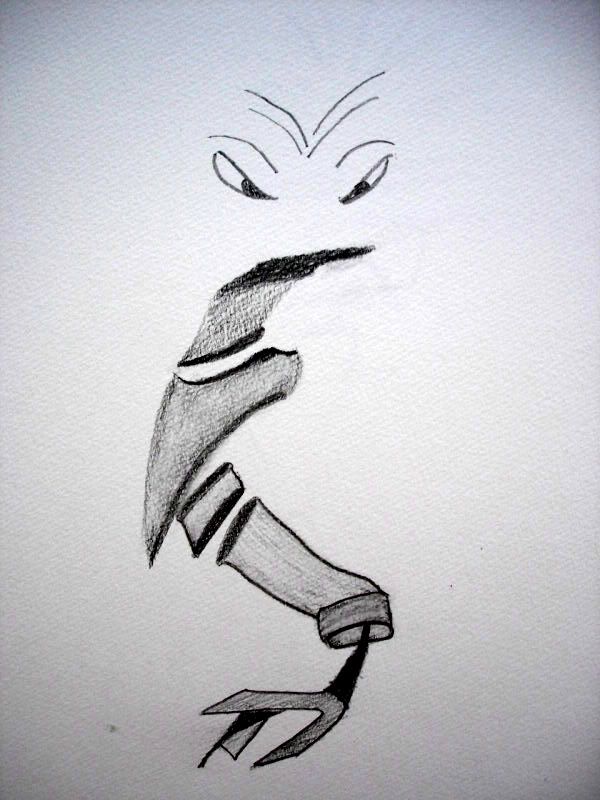
[Note: Your Bloguero has rendered the following dialogue into common English. Originally, it was in the local, mumbled dialect of Limestone County, Alabama.]
“Look, the first thing we do is drink this moonshine. See how clear it is? This whole mason jar. It’s a quart. Wonderfully clear. Nothing in the bottom. No twigs. I got it from Mr. Toney. And it’s good. We drink it first. And then we get the lights out and we let the dogs go. The dogs know where to go. They know what they’re supposed to do. They look for the coons and they tell us where they are. Then they chase them. When they have the scent, they call. And they will chase them up a tree. And they call when they’re up the tree. It’s a special barking. We just run after them, see? With the guns. And the lights. It’s very dark out there already.
“Now the most important thing about this hunt – I know you never did this before, right? – the most important thing is when the dogs get the coon treed, we have to get there. In a hurry. To that tree. Because very soon, that coon is not going to stay up in that tree with the dogs barking at it. Nope. He’s coming down, and he’s going to be mad, and when he does come down, he’s going to fuck these dogs up. You understand what I’m telling you? We don’t want that to happen. Look at Old Lester over there. See that he has no left ear? See that he’s got a scar across the top of his head? He’s a great coon hound. That’s what we’re talking about. We don’t want that to happen to these dogs. So when the dogs are barking the special bark, telling us that the coon is up in the tree, there’s no time for fooling around. Got to run and get there in a big hurry before the coon changes his mind about staying up in the tree. And then you have to shoot him out of the tree. That’s what the lights are for. You shine them up in the tree so you can see the coon. That and making sure you don’t trip and break your head while you’re running.”
“But,” says your Bloguero. “It’s really dark now. There’s no moon yet. And the paths in these woods aren’t clear. And if we drink all of this shine, how the hell are we going to get to some tree that’s far away in time to shoot the coon before he comes down from the tree? I mean, it sounds like we could be stumbling around drunk in the woods and tripping on things and getting all scratched up. And we could easily shoot ourselves while we’re running. And not get to the tree so fast. In other words, this could be a disaster.”
“Oh you a city boy, aren’t you? I know you never did this before. That’s not bad. Look. We’re going to show you how to do it. We’ll get there. We might get a little scratched up by the bush, and we might trip on some roots, and we might take a while to run to the tree. We might get pretty drunk. But don’t you worry. We will get there. These dogs need us to get there, and we will. Matter of fact, we almost always do. I’ve been doing this since I was 10, and I’m 70 now. And Obie over there, he’s 72 now. We’ve been hunting together for 60 years or so. So we know how to do this.”
“But what about Lester’s ear? And how the hell can 70 year old men who are completely drunk and carrying loaded guns run through the woods without getting hurt? Are you sure this is safe?”
“Look, I told you before, we’re not perfect. Sometimes we fuck up. We try not to, but sometimes it can’t be helped. But that doesn’t mean that we don’t try to do this any more, right? We are not retiring from this. I mean: this is all that can happen when you go coon hunting. There can be problems. Of course. Like anything else. And we try to make sure they don’t happen. But we’re not stopping until we can’t do it any more. Right now, thank God, we can still do it. So we do.”
This Week In The Dream Antilles is usually a weekly digest. Usually, it appears on Friday. It’s a digest of essays posted at The Dream Antilles in the previous week. Sometimes, of course, like right now, it jumps the rails and doesn’t tell you anything about the past week. Sometimes it gets all distracted and goes completely astray. To know what’s on the Dream Antilles you have to visit it.


 Welcome to the Stars Hollow Health and Fitness weekly diary. It will publish on Saturday afternoon and be open for discussion about health related issues including diet, exercise, health and health care issues, as well as, tips on what you can do when there is a medical emergency. Also an opportunity to share and exchange your favorite healthy recipes.
Welcome to the Stars Hollow Health and Fitness weekly diary. It will publish on Saturday afternoon and be open for discussion about health related issues including diet, exercise, health and health care issues, as well as, tips on what you can do when there is a medical emergency. Also an opportunity to share and exchange your favorite healthy recipes. 
 On this day in 1761, the
On this day in 1761, the  The Third Battle of Panipat saw an enormous number of casualties and deaths in a single day of battle. It was the last major battle between indigenous South Asian military powers, until the creation of
The Third Battle of Panipat saw an enormous number of casualties and deaths in a single day of battle. It was the last major battle between indigenous South Asian military powers, until the creation of 
Recent Comments